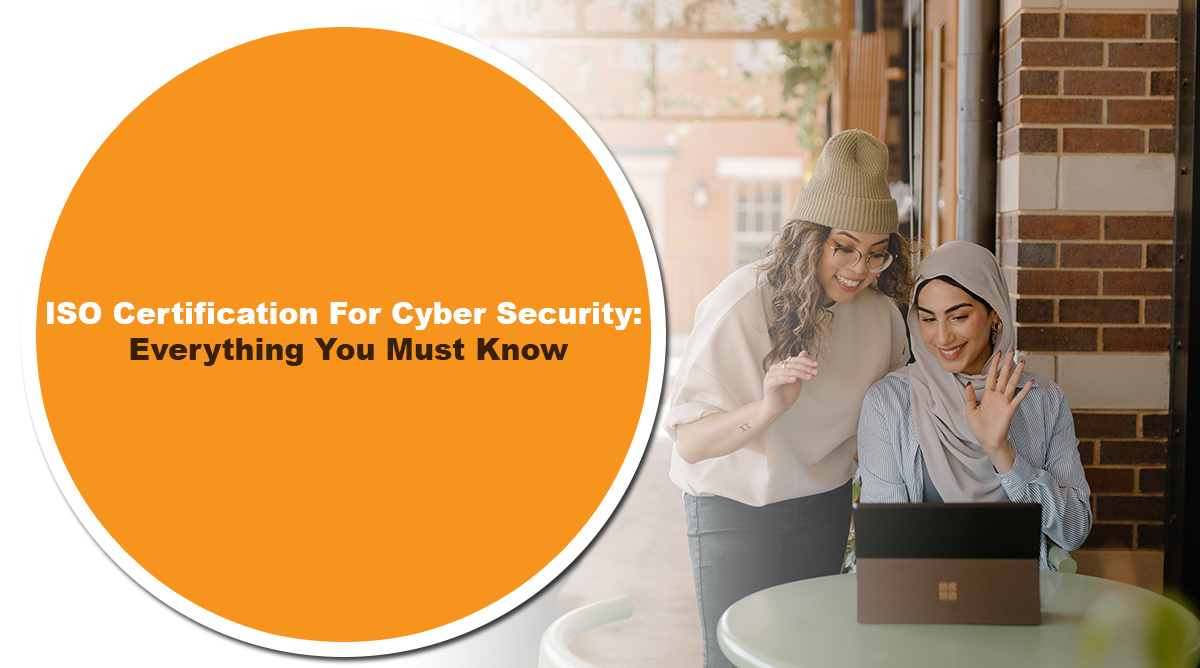
Cyber-attacksare an increasing threat for almost every business organisation that has an online presence in the market. Especially companies that have 50% of the profit being generated by their social media presence and activities are vulnerable to cyber-attacks and data manipulation. ISO certification for cyber security is a shield that protects companies’ publicly available intellectual properties. It offers a stringent framework that promotes awareness as well as pushes to increase online surveillance. The ISO 27001 is the ideal standard for information security management systems. It offers the most accurate framework to identify potential cyber risks and enables companies to take precautionary measures before any adverse impact takes place.
What are cyber-attacks?
A cyber-attack is an attempt to acquire unauthorized and unethical access to data from computers to cause potential damages. Each company has a particular set of knowledge and data stored and managed for the future. In contingency planning, intellectual properties help to minimise the occurrence of pivotal risk factors. Cyber-attacks mostly interfere with financial databases and cause damage to a company’s brand reputation.
Role of ISO certification for cyber security
Cyber security is rather an underrated matter when it comes to taking preventive measures for business sustainability. The ISO 27001 is the strategic tool to reduce the vulnerability of organisational data. The certification offers different categories of benefits that comprehensively determine the brand reputation of a company. To succeed in the long run, data security is a crucial provision to be met from time to time.
How does the information security management system approval by the ISO 27001 work?
There is an individual list of clauses to be fulfilled to accomplish a truly effective security system. A streamlined procedure for security system implementation incorporates –
• Scope of the system – The foremost step is to determine whether there is any scope for the implementation or not. The team of directors decides the current and future requirements of the system to proceed further with communication and resource allocation.
• Leadership – A responsible team of managers should be chosen and appointed to carry on all the important phases of the process implementation. Strict personnel with a fair amount of experience and skills are required for streamlining and communicating all the procedures to the other internal stakeholders.
• Policy – A steady policy will make things easier to achieve the result without any hassle. Under the presence of the leadership team, a concrete policy followed by a set of clear objectives should be made, defined, and communicated.
• Management roles and responsibilities –Everyone holding managerial posts should be aware of their roles and responsibility regarding the implementation and its use. If anyone lacks the idea and importance of information security, they should be trained and educated before joining the leadership team.
• Resources – Resource allocation is a tricky part of the process. The right material in proper measures should be acquired keeping in mind that the existing flaws should be covered up without any delay.
• Awareness and communication – The employees should be informed properly about the implementation and its importance. The managers should communicate the essential rules to operate the system after its completion.
• Documentation of the entire process – The entire procedure should be documented with the help of a professional and certified consultant. The documents will help to make contingency plans and act as guide manuals in the future.
• Risk assessment and planning – After the implementation, thorough risk assessment and planning for devising preventive measures should be conducted.
• Monitoring, reviewing, and analyses –Are the most significant clauses in the monitoring and review part after the implementation. The leadership team would be responsible for making quarterly or half-yearly reviews and analyses with the help of regular monitoring to find out areas of improvement.
• Corrective actions and continual improvement – Following the monitoring and review parts, the final step is to take corrective measures to modify the problems and reduce the likelihood of past threat factors. Also, there should be compliance and persistent effort to pursue continual improvement for constant support in the future.
All these factors cumulatively produce the efficacy that a company requires for timely prevention. The daunting procedures of ISO certification for cyber security are better to be completed with expert help. There are companies like ComplianceHelp, which offer custom-made premium solution models for gap analysis, filling, and internal audit. The trusted executives make sure you achieve a smooth journey by adhering to all the regulatory norms and conditions.

Get connected with us on social networks!